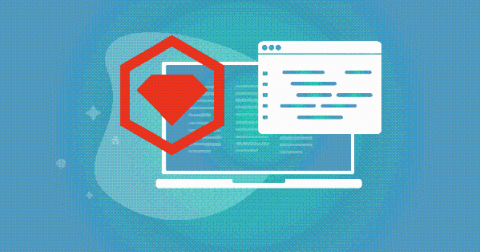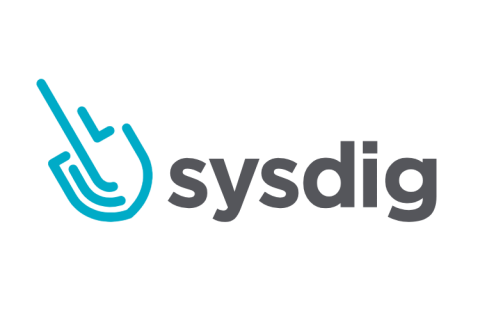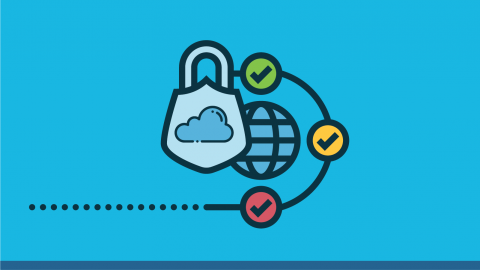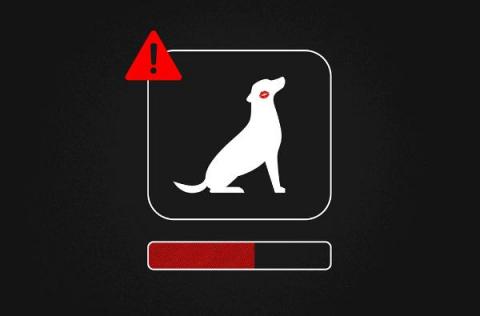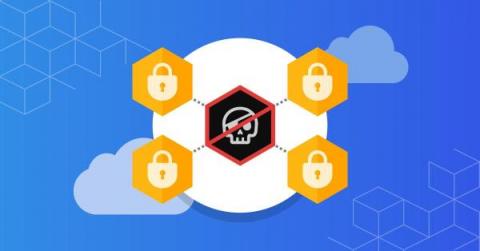What is Policy as Code? Definition and Benefits
With policy as code, policies can be managed and automated using code written in a high-level language. It is a programmatic method of uniformly defining and enforcing policies throughout cloud-native applications and their infrastructure.



